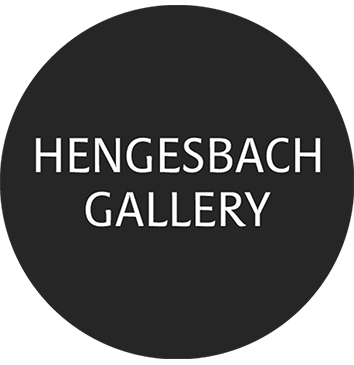Björn Siebert
February 11 – April 24, 2019
The title of the exhibition is inspired by the most recent album by the Canadian rock duo Japandroids. What constitutes the “wild pulse” of youthful life? Siebert attempts to approach this theme in his photographic images of adolescent self-stagings. These moments take place under the protective cover of darkness; all that remains are images that appear somewhere on the internet—images whose meaning is often ambiguous to those not directly involved. One cannot easily deduce what actually happened.
These images are not carefully chosen stills that capture a moment at its climax, turning point, or resolution—they are taken in between. Nearly all of the resulting photographs of young people clearly convey the inadequacy of depicting the event that took place, even remotely accurately. Reality, in its forcefulness, seems to be more powerful than the images that attempt to represent it. Yet sometimes, while the images may not depict the events themselves precisely, they are capable of conveying the *breath* from which such events emerge.
Björn Siebert’s first artistic impulse lies in finding such images among the millions scattered across the internet. His next step is to restage the visual moment of the original event.
At first glance, it may seem nonsensical to reproduce an inadequate image—and to do so, moreover, through the medium of photography. For the mechanical process of photography as a documentation of a specific place and time is here completely inverted. Not only must the original location of the event be recreated, but also the individuals involved must be cast according to the reference image, and a moment must be reconstructed that is not even fully intelligible in the source photo. Everything appears reversed. While the original photograph conformed to reality, now a reality must be created that conforms to the photograph.
What is the purpose of this? One might respond: only by creating something does one begin to understand what it really is. While merely replicating something does not guarantee understanding, the controlled reconstruction of a scene can serve to distill certain traits or aspects of its essence—making them more clearly visible.
So is the aim to restage an originally inadequate photograph in such a way that it overcomes its inadequacies—that it shows the original event at its decisive moment? At this point, we can examine the relationship between reality and image more precisely: an image becomes artistically meaningful only when it manages to show a reality that unfolds its effect solely through and within the image itself.
Siebert’s intent in his remakes is not to duplicate images or reconstruct reality. Instead, he seeks to let reality *speak* directly through the image. He is not interested in illustrating or clarifying the self-staging practices of contemporary youth. Rather, he wants the image to speak in such a way that the stagings reveal something of their inner impulses. The mysterious quality of Siebert’s night images does not lie in the near-total disappearance of environmental context, nor in the way the adolescents seem to emerge from nowhere—but in the fact that, within the obscurity of the underlying event, something of the free energy of youthful action expresses itself. Although we cannot fully comprehend what is happening in the image—since we cannot deduce the rules of action from the depicted moment—we nevertheless sense something of the adolescents’ freedom to shape their actions. In doing so, we ourselves are drawn back to the beginning of our own adulthood, to that moment when we first realized we had the ability to shape our behavior and actions on our own.
The image must capture the precise moment in which it becomes clear to us that we are not separated from what is depicted, but rather mysteriously connected to it through our own human capacity for behavior—and can be inwardly moved by it.
This potential to be moved, however, depends crucially on the fact that the depicted event is not a general, anonymous occurrence, and that our view of it is not neutral or objective. In Siebert’s photographs, what matters is the subjective view—the personal access to an event that presents itself in such a way that we can form a private relationship to it.
It is essential that every detail of the scene speaks to us personally, that we can be captured by these details. Every nuance of color, every accessory in the setting, should be able to begin that conversation—not because of any particular conspicuousness, but because of its capacity to speak within the larger context.
Installation Views
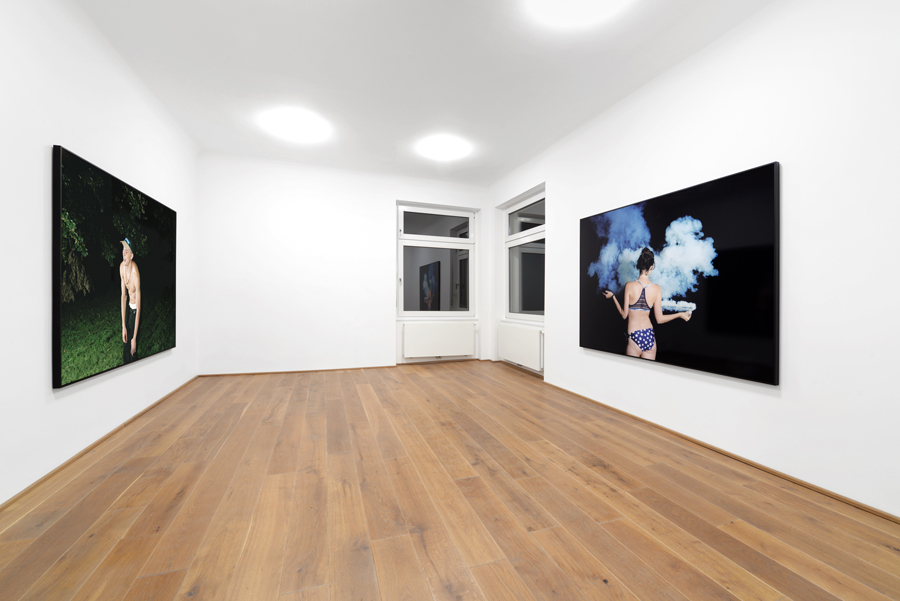
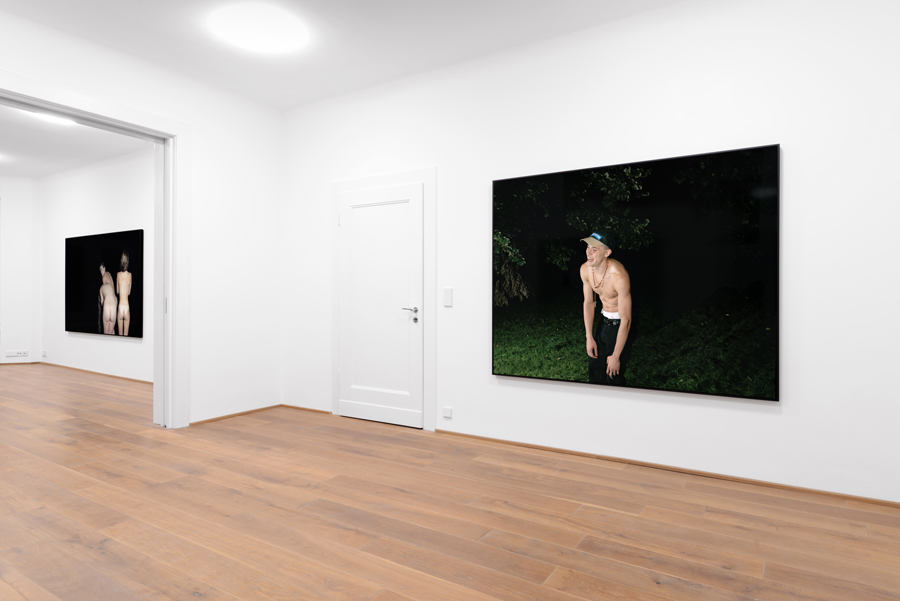
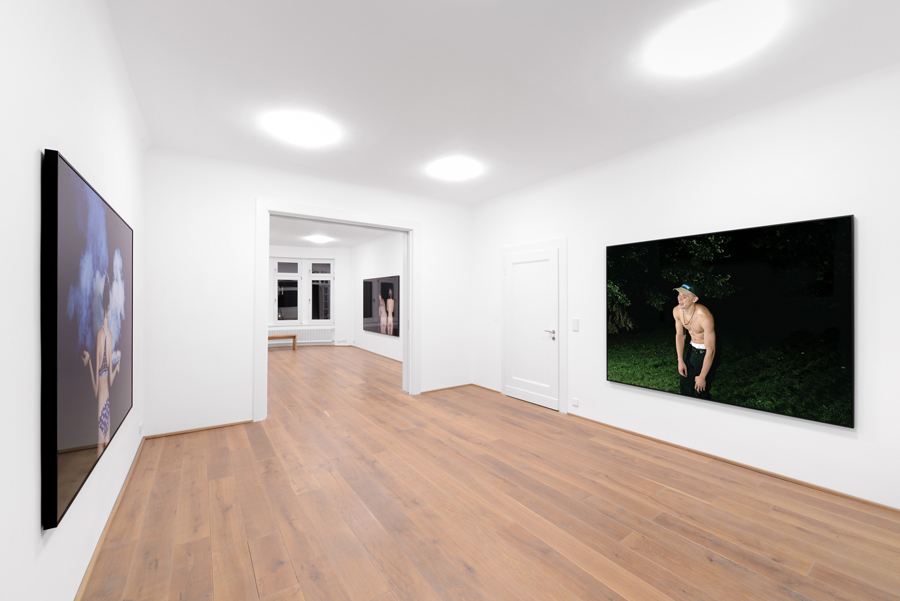

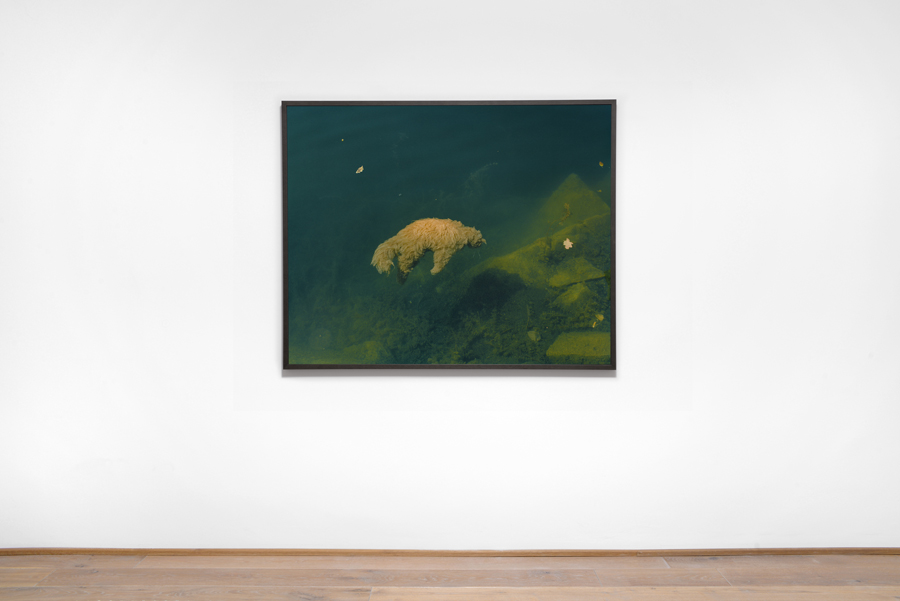
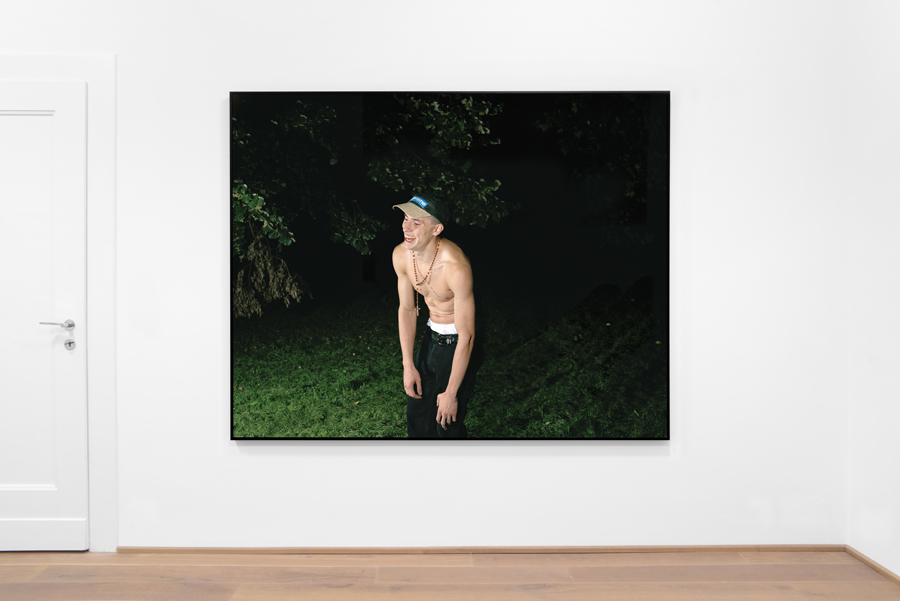

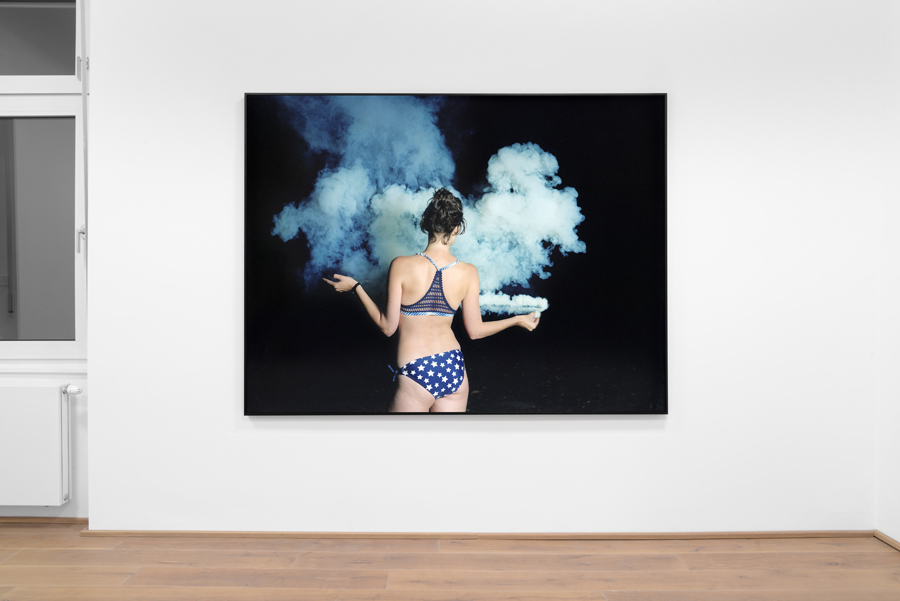
© Björn Siebert
